How do museums and galleries engage audiences and protect cultural heritage?


Pim Fitzpayne, a student on the MA History of Art & Archaeology course and intern at the SOAS Gallery discusses some of the objects featured in the recent ‘SOAS Art Collection Highlights' event and issues of restitution.
As part of my student internship at the SOAS Gallery, one of the things I was able to help the team with was a recent event highlighting objects in the SOAS Artwork and Object Collection. Throughout the internship, I explored the different ways the SOAS Gallery engages with its audience and ensures that its permanent collection is open to all.
I was grateful to be able to contribute to this through the event, which, by displaying and presenting a few of the many objects in the SOAS Collection, aimed to increase awareness of the material available, to SOAS students but also to the public, for teaching and research.
As well as helping with some of the practical aspects of the event, I was offered the opportunity to choose an object from the collection to discuss at the session. Looking through the catalogue for the Objects of Instruction exhibition (held in 2007), I was drawn to a carved sandstone statue of a lion, made relatively recently, around the late 1980s, at a workshop in Buriram in Northeast Thailand, founded as part of efforts to counter illicit trade.
While studying Southeast Asian art at SOAS, I have been thinking about how the removal of cultural objects and sacred ‘art’ from countries in Southeast Asia, in circumstances of colonial rule but also outside of such circumstances, has impacted both art historical narratives and the people of those countries.
Recent claims for the repatriation, from cultural institutions in the USA, of objects which were looted from sacred sites in Cambodia have focused on objects taken since the 1960s (often trafficked through Thailand) and the fact that efforts were being made in the 1980s to prevent the illegal export of antiquities underlines the extent of these activities.
Statues of lions, as guardian figures, are present at some of the Khmer temple complexes in Northeast Thailand, such as Phimai and Phanom Rung, built between the 10th and 13th centuries, when the Khmer Empire stretched into parts of modern-day Thailand. Temples in the area have been looted in the past, and Phanom Rung was in the news in the 1980s because of the return of the ‘Phra Narai Bantomsin’ lintel to the temple from the Art Institute of Chicago after local and national campaigns for its repatriation.
More recently, in 2021, lintels from other temples in the area were returned to Thailand from the Asian Art Museum, San Francisco, while the Cambodian government has also made a number of recent successful repatriation claims in respect of sculptures looted from temples in Cambodia.
More and more objects are being returned to countries from which they have been stolen or looted.
This lion statue was given to the SOAS Artwork and Object Collection by Professor Elizabeth Moore, Emeritus Professor in the Department of History of Art and Archaeology at SOAS, who purchased it while she was staying in Buriram, conducting an excavation with Buriram Teachers College, in cooperation with the Fine Arts Department of Thailand. Around the same time, the Fine Arts Department was restoring the temple of Phanom Rung nearby.
Plaster casts of some of the architectural elements of that temple, including a pediment depicting Shiva Nataraja, were being taken so that some pieces could go into the local museum. This museum, affiliated with the Buriram Teachers College, grew out of a Thai government policy of the 1970s to promote culture in each of the four regions of Thailand. A concrete cast of the head of Shiva made by a local historian and the Fine Arts Department, taken from the Shiva Nataraja pediment during the restoration work, was given to Professor Moore, who in turn donated it to the SOAS Collection. The original was restored on the temple as part of the restoration project.
The creation of replicas like the head of Shiva was carried out in collaboration with a stone workshop in the area, established by local academics. As well as making replicas of architectural elements and statues from the temple complexes, the workshop also made and sold items such as the lion statue, which is made from local pink sandstone.
These two objects could serve as useful (and contrasting) starting points for thinking about the preservation of cultural heritage. The lion, while similar in some ways, is not a replica of the lions from Phanom Rung but an original design created by the workshop, which aimed to counter illegal exports of cultural objects by offering new sculptures for sale.
It would be interesting to explore how effective new sculptures like this lion have been as ‘alternatives to’ or ‘replacements for’ illegally trafficked objects, and the answer to this question might provide insights into the motivations behind this illegal trade.
The involvement of the Buriram Teachers College and the Cultural Centre in the creation of both these objects might prompt questions about the interactions between, on the one hand, national initiatives to protect cultural heritage (such as legislation prohibiting the export of antiquities) and, on the other, local initiatives, as well as questions around the significance of cultural heritage to local, and national, identity.
Dr Moore's excavation was a post-doctoral one, facilitated by Mr Pisit Charoenwongsa, at that time an archaeologist of the Fine Arts Department, who wanted to encourage such national and local channels.
As more and more objects are being returned to countries from which they have been stolen or looted, and governments and institutions deal with issues around where and how objects are displayed after their return, these questions seem all the more relevant.
About the author
Pim Fitzpayne is a student on the MA History of Art and Archaeology course, and intern at the SOAS Gallery.







